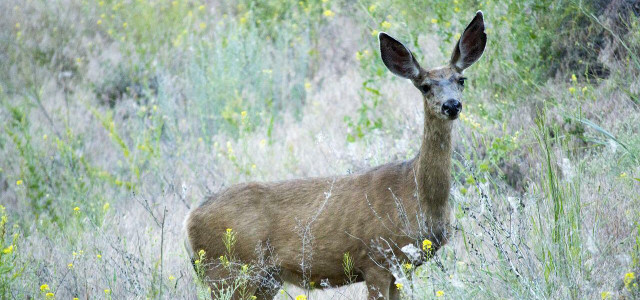Wildlife of the Grand Canyon varies across the park. There are a variety of interesting animals to spot while you’re out on the trails, so keep your eyes open.
Home to both relatively common and extremely rare species, the Grand Canyon National Park contains an estimated 447 bird species, 91 mammals, 48 reptiles, 10 amphibians, and numerous insects, spiders and more. Some of these animals are endangered species, while others you may have seen in your own neighborhood before. Learn about wildlife of the Grand Canyon, their habitats and some fun facts below.
1. Mexican Spotted Owls
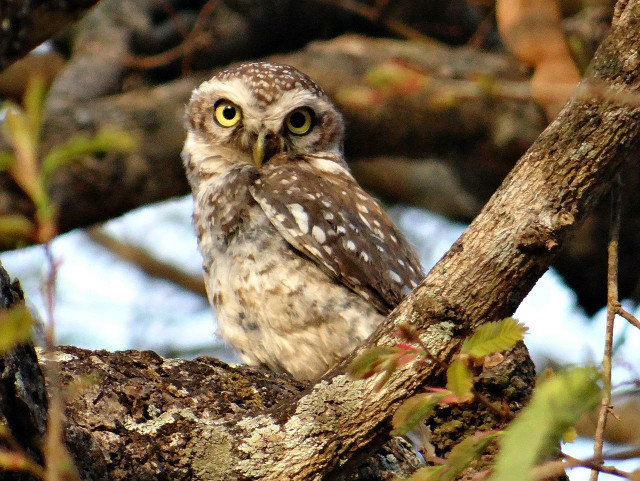


The Mexican Spotted Owl resides in ledges and cliffs of narrow side canyons of the Grand Canyon. They are ashy-chestnut brown in color, have white spots on their chest, back, and head, and are some of the biggest owls found in North America. The Mexican Spotted Owl is listed as a threatened species both in the US and Mexico. They are found in central Mexico through the US up to Utah and Colorado.
2. Mountain Lions
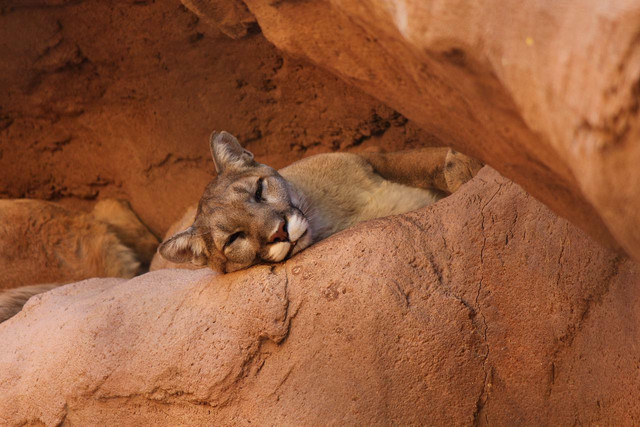


The Mountain Lion, or Puma concolor, is the largest predator in the park. Mountain lions are found from the Canadian Yukon up north, down to the Southern Andes in South America. Within the Grand Canyon National Park, mountain lions tend to stay in the forests of the North and South Rims. Mountain lions are classified as specially protected species, but they are not endangered.
3. Bison
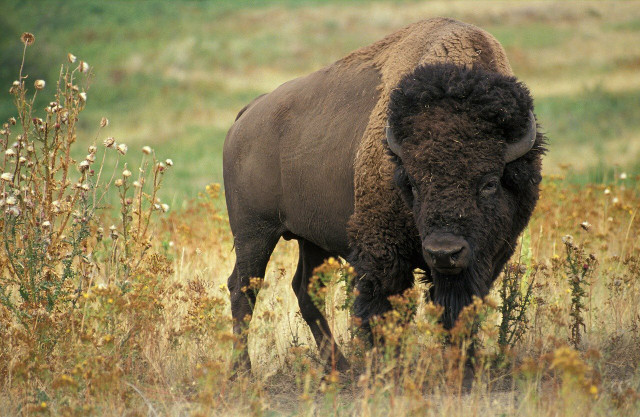


The National Park Service is working to reduce the size of the Kaibab Plateau bison herd currently found at the North Rim of the Grand Canyon. Bison are the largest animal in all of North America, and carry cultural significance to many, so they are carefully observed by wildlife services. By 2025, the Grand Canyon Park Service aims to have under 200 remaining Bison, in order to protect park resources. Park staff are working on removing bison and transferring them to indigenous lands.
4. Rattlesnakes
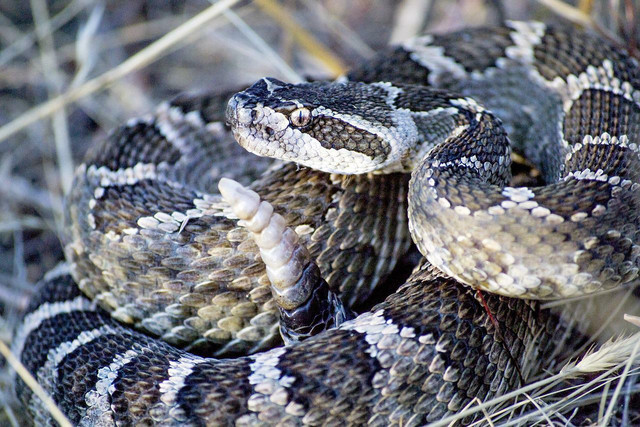


The Grand Canyon has five different species of rattlesnakes. Blending perfectly with the rock formations, this venomous creature thrives along water sources found within the canyon. They typically hide, waiting in rock crevices, in burrows and under leaves to ambush their prey. It’s a good idea to keep an eye out and keep your distance from rattlesnakes, as bites can be fatal if not treated in a timely manner.
5. Red-Tailed Hawks
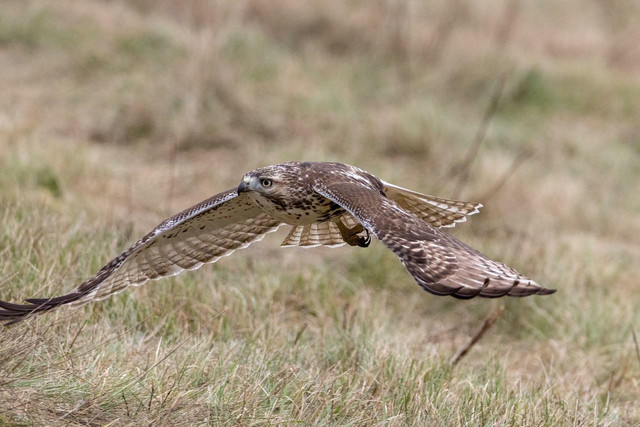


One of the most commonly-spotted wildlife of the Grand Canyon is the red-tailed hawk, which is known for its red-brown tail you can see from below. This bird of prey feasts on rabbits, rats, ground squirrels, snacks and even ground birds. There is a permanent population found along the Rims and cliff ledges within the park, as well as migratory hawks that visit the area.
6. Mule Deer
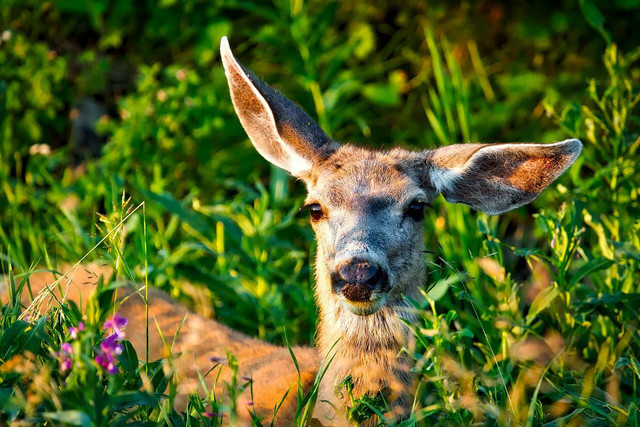


Mule deer are the preferred prey of mountain lions. They are typically brownish-grey in color, except for their white and black tails. Found throughout western North America, they are one of the most versatile wildlife animals in the Grand Canyon, as they are comfortable in many different habitats including the forests, desert scrub, and riparian habitat along the Colorado River. Mule deer have seen a population decline, causing wildlife experts to work toward their preservation.
7. Northern Leopard Frog
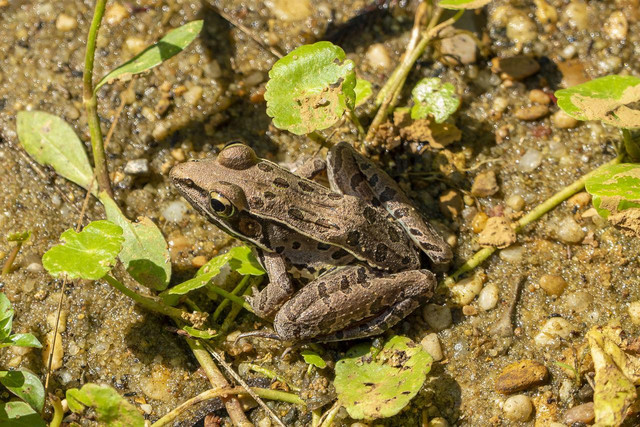


Found in large streams in side canyons, and pools along the Colorado River, the northern leopard frog prefers still water surrounded by vegetation. These little guys are usually green or brown, with dark oval spots. You may hear their deep grunting and snoring sounds while wandering through the canyon. Unfortunately, northern leopard frog populations have declined in recent years, and it is unknown exactly how many remain.
8. Butterflies and Moths
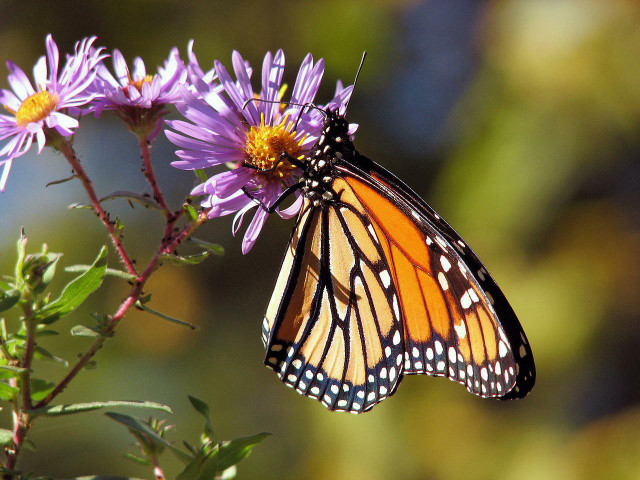


The Grand Canyon is home to almost 300 different butterflies and moths, including the renowned monarch butterfly. The monarch resides along the South Rim of the canyon. Due to climate change disrupting their migration patterns, monarch butterfly populations are declining. Herbicide has also hurt monarch butterfly populations as it reduces their food sources, specifically the milkweed plant. Help monarch butterfly populations regain their earlier numbers, by planting milkweed seeds.
Read more:
- Are Bears Endangered? These 3 Species Are
- Sustainable Travel: The 8 Best State Parks in California
- What Is Poaching? Its Impact and Difference from Hunting
Do you like this post?






